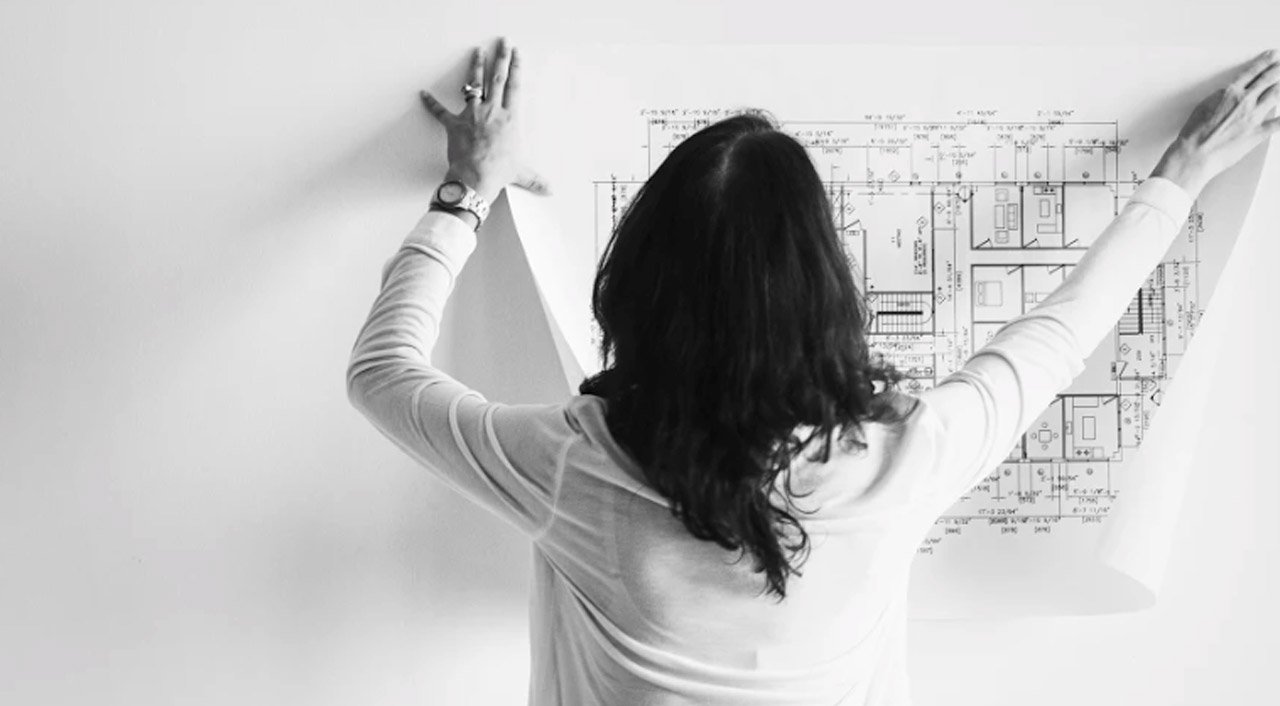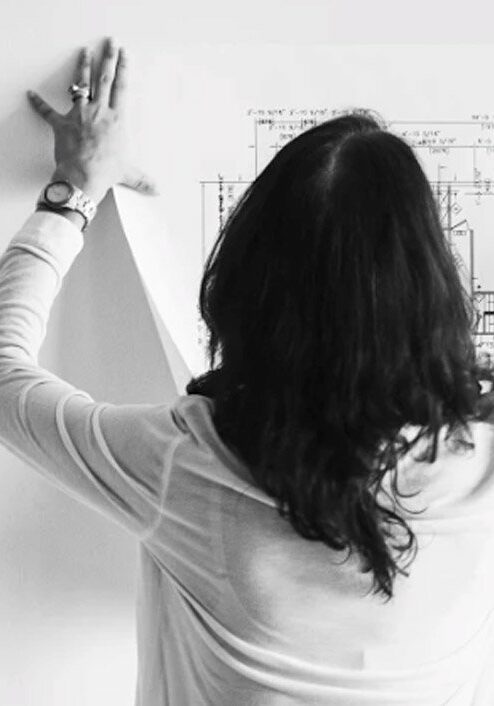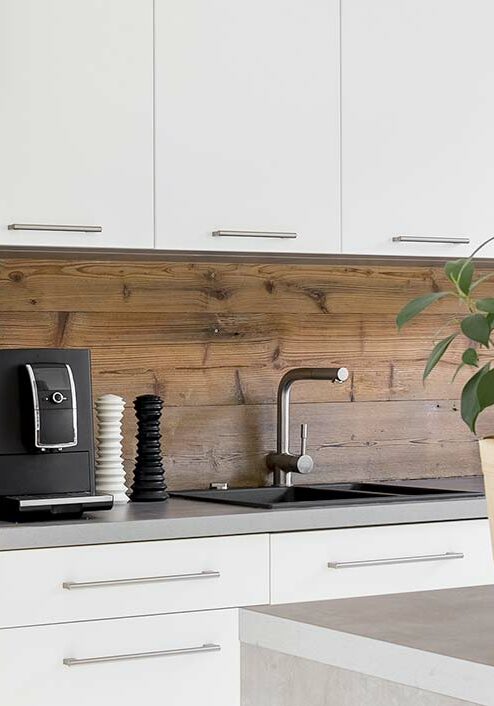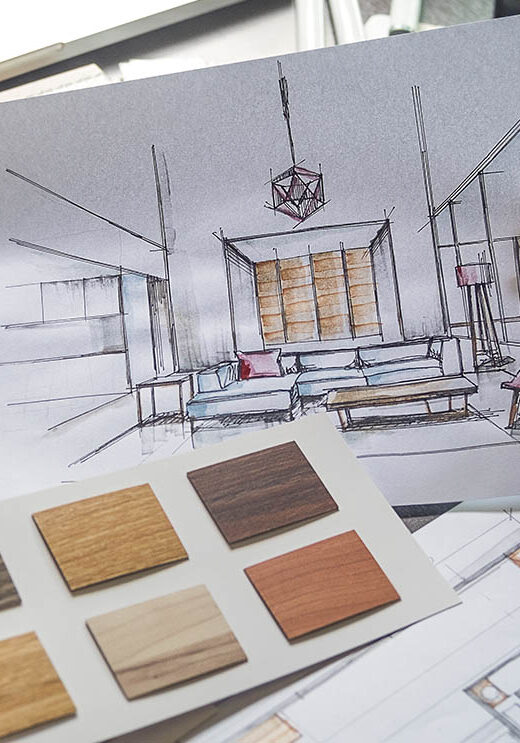How to target interior designers

How to target interior designers

What makes your business special?
First and foremost, irrespective of the market or individual you are trying to sell to its worth undertaking a review of your product or service and what it actual means to a Interior Designer.
Put yourself in the shoes of your customer and ask yourself questions. Why would anyone want to buy from me/us? What is it about our product that stands out? Speak to existing customers who have already bought from you and ask them why they choose you? What did they like most? What did they dislike most? It’s much easier to sell to an existing customer who sees value in your product/service than it is to a prospective one, so make sure you gather as much information as you can to help inform your marketing strategy going forward.
Once you have collected all this valuable information about your business, take time to sit down, involve your team and talk about the key things that make you different form competitors, identify your unique selling points. What is it that makes you different, is it something about your product or service, logistically is it easier to buy from you or more convenient? Is it you or a team member, the old adage of ‘people buy people’ rings true. Conveying your true enthusiasm for a product or service will go a long way towards influencing an Interior Designer to buy in to your offering.
“Marketing is really just about sharing your passion.” – Michael Hyatt


Segmentation
Once you’ve established what it is about your business and its product or service that makes it special its time to look at your target market. The classification of ‘Interior Designers’ and the sectors they operate in are considerable. Breaking the market down into smaller groups not only makes it easier to manage but also enables a more effective and targeted approach.
Segmentation is the process of defining and subdividing a large market like the design sector into clearly identifiable segments having similar needs, wants, or demand characteristics. The objective is to design a marketing strategy that precisely matches the expectations of customers in the targeted segment. Not all businesses are large enough or have the budgets to supply the needs of an entire market; so, breaking them down into segments and selecting those that you are best equipped to handle provides a sound starting point.
The four basic market segmentation-strategies are based on
- Behavioural – on the basis of their behaviour, usage and decision-making pattern.
- Demographic – variables such as Age, gender, family size, income, occupation, religion, race and nationality.
- Psychographic – uses lifestyle of people, their activities, interests as well as opinions to define a market segment
- Geographical – on the basis of their geography
Interior Designers and their mindset
Its pretty common knowledge that Interior Designers are visual people with an appreciation and passion for good design, artistic flair and creativity. However, the role of an Interior Designer is a diverse one, with multifaceted skills and demands. Interior designers work with others to design building interiors. These can be commercial, residential, public sector or heritage sites.
In the commercial setting interior designers often work on very large projects as part of a team, and work closely with architects, surveyors, structural engineers and building contractors. Interior designers help to develop brand strategies for the commercial sector, including retail and leisure
Interior Designers seek inspiration in everything, from nature, people, books, social media, blogs, websites, shops, and people. Which makes getting your product or service noticed a tough task. Fortunately, Interior Designers embrace change as they move from project to project looking to create new designs. If all their projects looked the same their business would soon faulter. Interior Designers are always considering new and unique items and have the potential to be long-term, dependable customers.
Ultimately the end goal for an interior designer is to ensure their clients are happy, so bear in mind the needs and wants of the client (if you can gain information on who they are).


What Are Designers Looking For?
- Aesthetics – Simply put, your product needs to look good, irrespective of the design them its incorporated into, modern or traditional, eclectic or simplistic.
- Detail – The interior space or buildings success is reliant on ensuring every detail is spot on, including your product however large or small that may be.
- Innovation – What’s innovative about your product? Does it improve the customer experience? – Better quality, design, technical specification. Is it ‘green’? Ethically sourced products are in demand.
- Function – Does your product solve a problem? Does it offer an important function for their client?
- Permanence – Will your product stand the test of time? Will it work within its chosen environment/building for 10, 50, 100 years? Can it be maintained?
- Price – Like many industries price is key. Interior Designers work to and within client budgets that will be susceptible to change. Products including higher ticket items will remain in their plans as long as your product resonates with them and encompasses many of the points above.
Marketing tools for the trade…
Irrespective of industry or market, successful marketing strategies rely on a combination of timely, relevant, and regular deployment of marketing tools. Following are a selection key marketing tools for targeting Interior Designers.
Content marketing provides your business with a voice and a purpose, and is the reason for your audience (customers, prospective customers and industry peers) to engage with you. It is producing and distributing focused, timely and relevant educational, enjoyable, or insightful information.
To put this in to real terms, it could be a case study where your company has been involved within a design project. You can develop the content and get a testimonial from the Interior Designer and/or their clients. This collaboration and advocacy marketing helps to increase reputation and influence in your content, and ultimately improves your position in the eyes of the Interior Designer. By creating this content, it tells your story and informs and educates your audience as to how your company solves problems. Importantly, it will help to build trust and confidence in your brand.

Time54 is a specialist marketing agency that works exclusively with building product manufacturers within the construction industry.
We can build your brand awareness and authority through strategic and tactical marketing that leads to specification inclusion.
Time54 works with and has helped many building and interiors companies raise their awareness in the marketplace and increase their specification inclusion on numerous projects.
We are a specialist building and interiors marketing agency and help brands to:
- Increase specification.
- Influence architects.
- Build authority.
If you are interested in how we can help your business target architects and grow through specification led marketing, get in touch to organise a Power Hour zoom meeting.
Latest Blog Posts.



